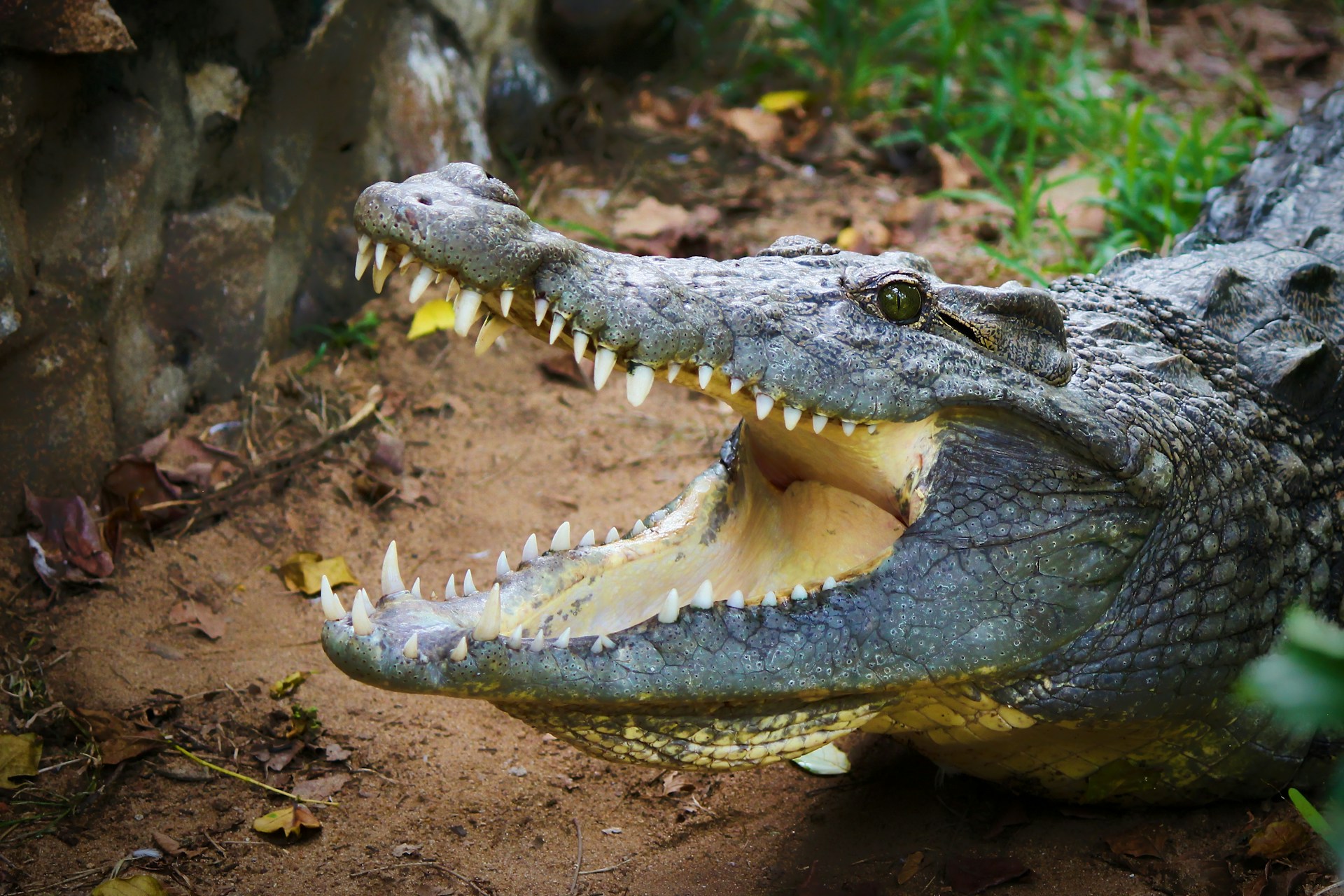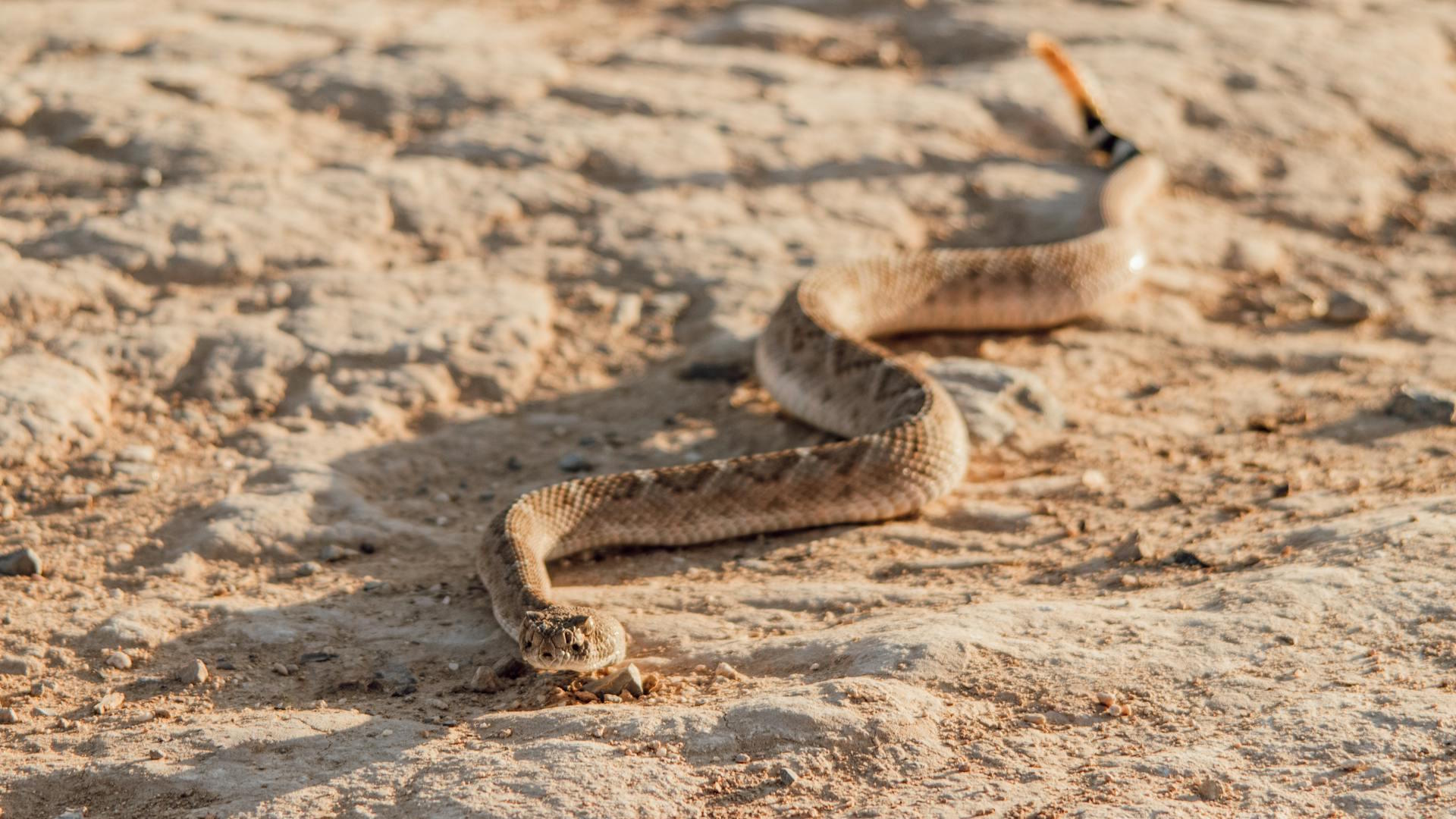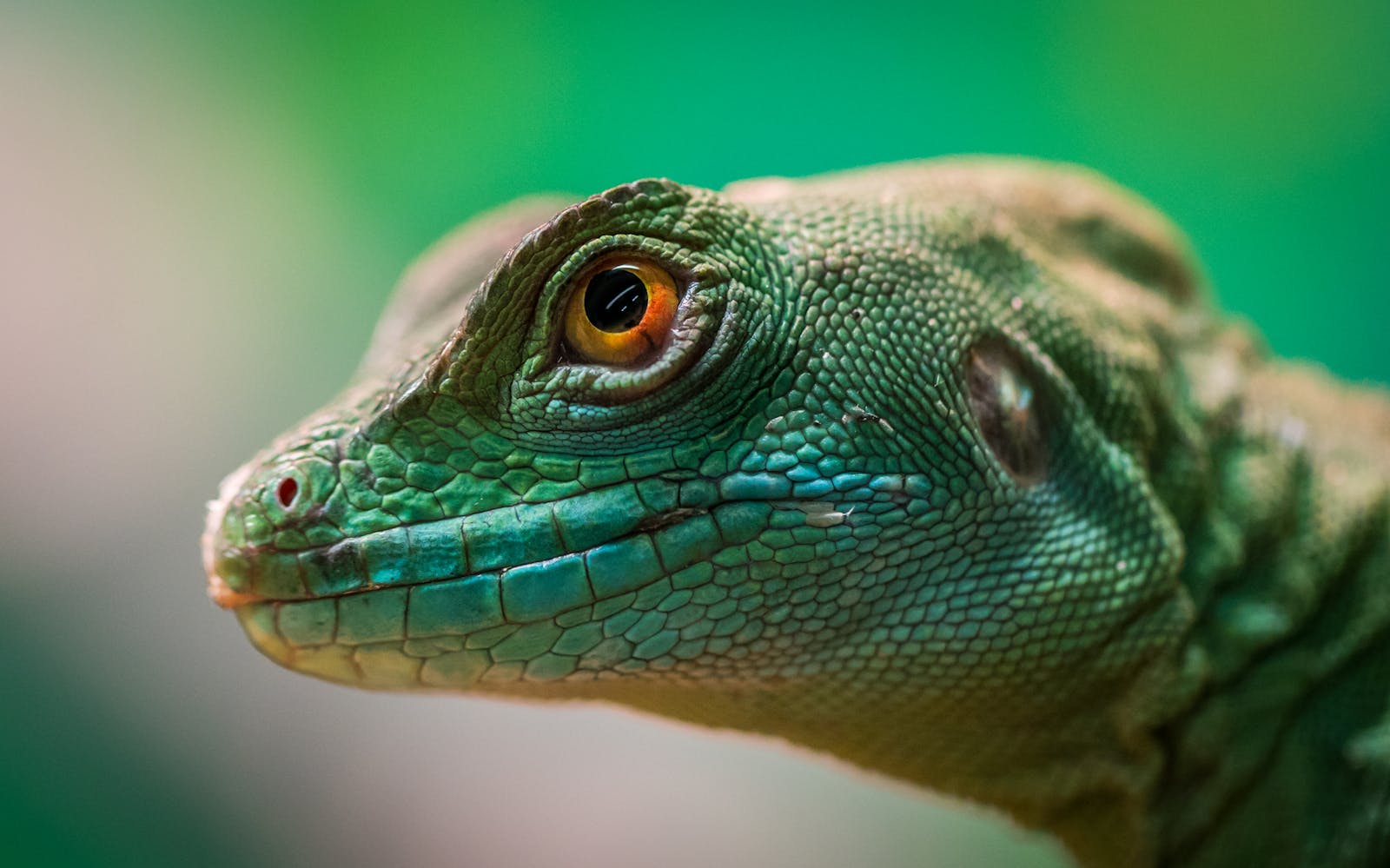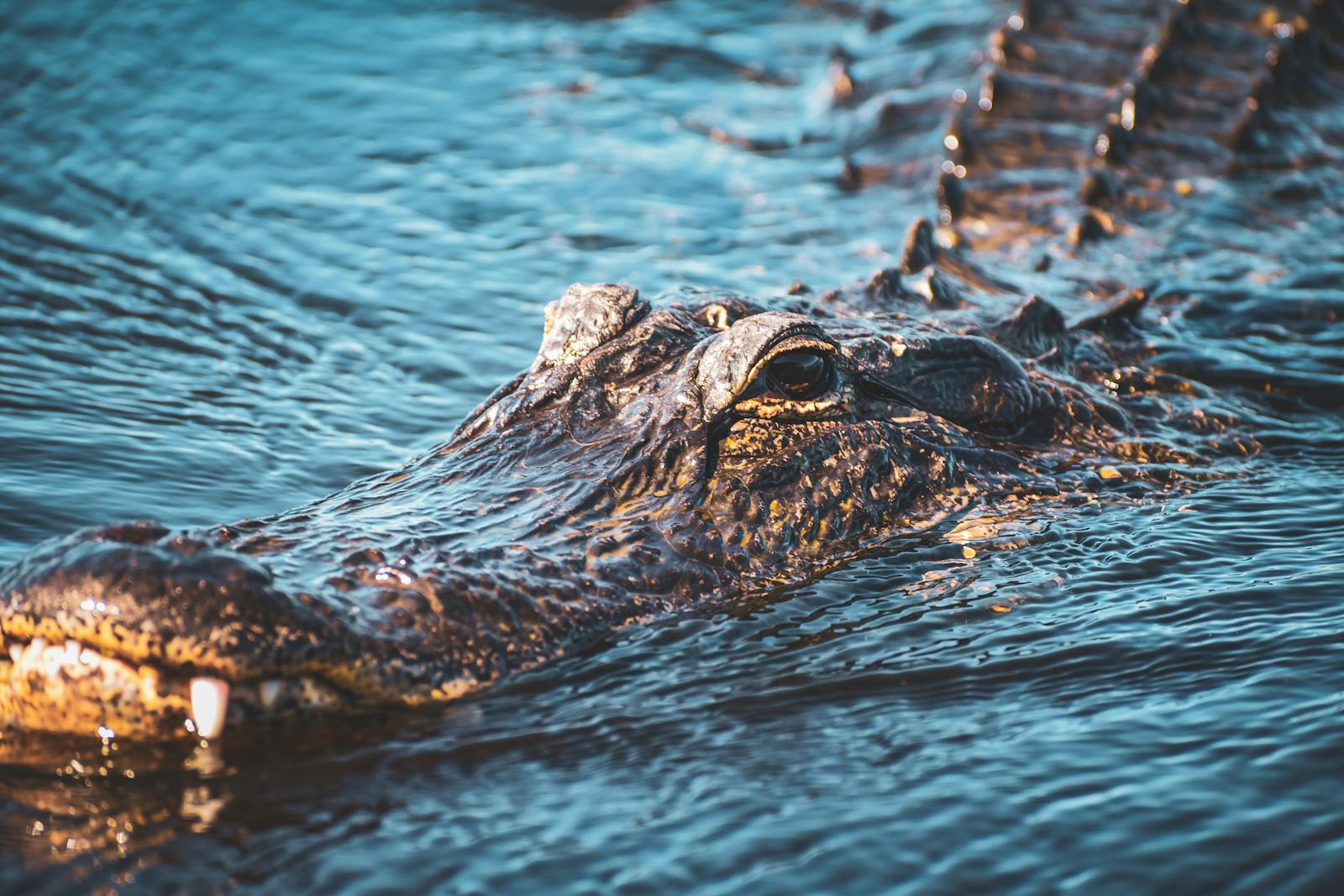In the wild dance between humans and nature, few encounters trigger as much primal fear as coming face-to-face with a potentially lethal reptile.
Whether you’re hiking through the Arizona desert, exploring the Australian outback, or even gardening in your backyard, understanding how to react when confronting venomous snakes, powerful crocodilians, or other dangerous reptiles can mean the difference between life and death.
While most reptiles prefer to avoid human contact entirely, knowing how to respond appropriately during unexpected encounters is an essential wilderness skill.
This comprehensive guide will equip you with the knowledge to identify dangerous situations, respond effectively, and maximize your chances of walking away unharmed from an encounter with nature’s scaled predators.
Understanding Reptile Behavior

Most lethal reptiles attack humans only when they feel threatened or cornered, not out of aggression or hunger. Understanding this fundamental principle is crucial—reptiles don’t hunt humans, but they will defend themselves if they perceive danger.
Venomous snakes typically give warning signs before striking, such as rattling, hissing, or assuming defensive postures, providing alert humans with opportunities to back away safely.
Crocodilians may give subtle warnings too, like raising their heads higher in the water or emitting low growls when annoyed.
Learning to recognize these behavior patterns helps you interpret what the animal is communicating and how to respond appropriately to deescalate the situation.
Identifying Dangerous Reptiles
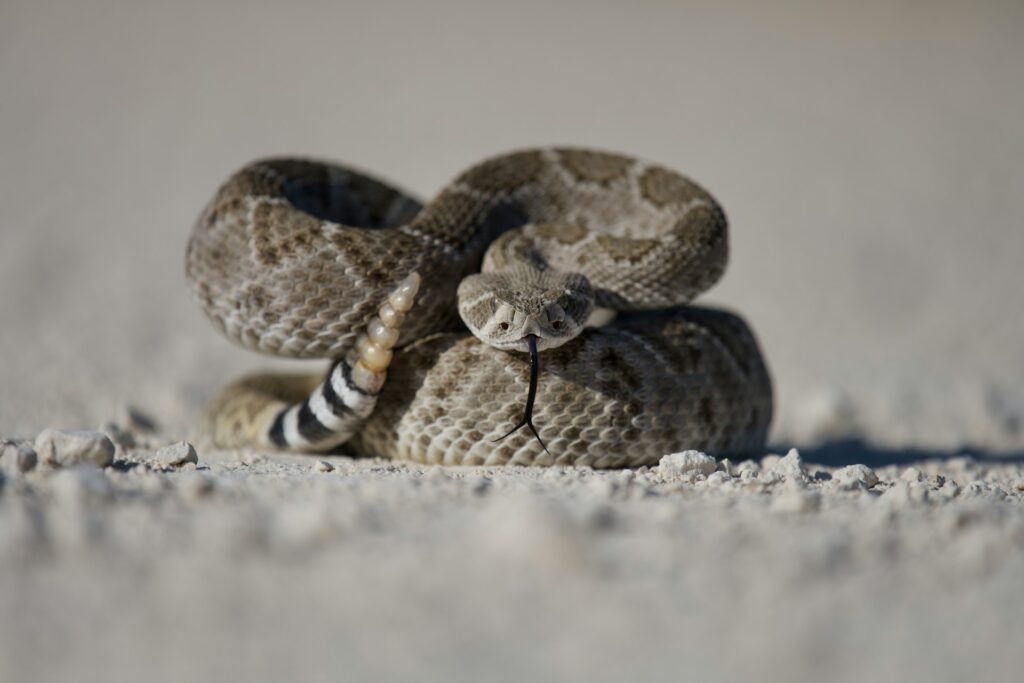
The ability to identify potentially lethal reptiles in your region is your first line of defense. In North America, venomous snakes typically include rattlesnakes, copperheads, cottonmouths, and coral snakes, each with distinctive markings and characteristics.
Australia hosts some of the world’s most venomous species, including the eastern brown snake, inland taipan, and coastal taipan. In tropical regions, knowing the difference between a harmless water snake and a potentially deadly crocodile or alligator could save your life.
While detailed identification guides exist for specific regions, general features like triangular heads (in vipers), heat-sensing pits, elliptical pupils, and distinctive color patterns can help identify many dangerous species.
Remember that many harmless reptiles have evolved to mimic their more dangerous counterparts, so certainty requires careful observation from a safe distance.
Prevention: Your Best Strategy
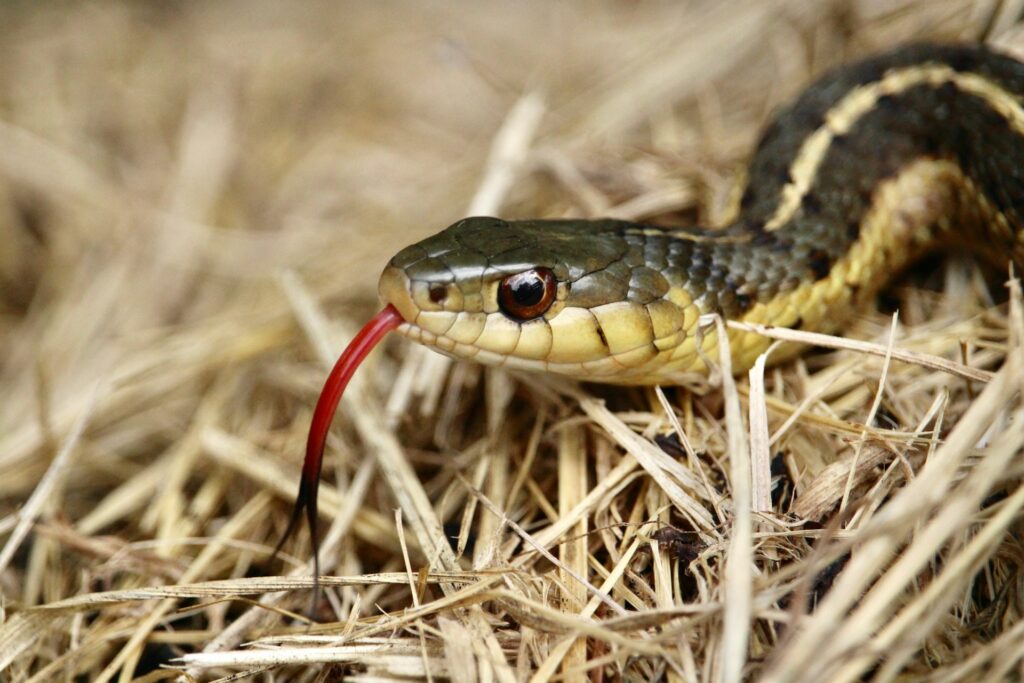
Avoiding dangerous encounters altogether is always preferable to managing one. When hiking in reptile-rich environments, wear appropriate footwear like high boots or snake gaiters, and use a walking stick to probe the path ahead, alerting reptiles to your presence before you’re within striking range.
Avoid reaching into rock crevices, hollow logs, or dense vegetation without first checking visually or with a tool. Make noise as you move through the wilderness, as many reptiles will retreat from human sounds if given enough warning.
At night, always use a flashlight to illuminate your path, and never step or sit where you cannot see clearly.
These simple preventative measures dramatically reduce the likelihood of surprising a reptile in its territory, which is when most dangerous encounters occur.
Creating Distance: The First Response
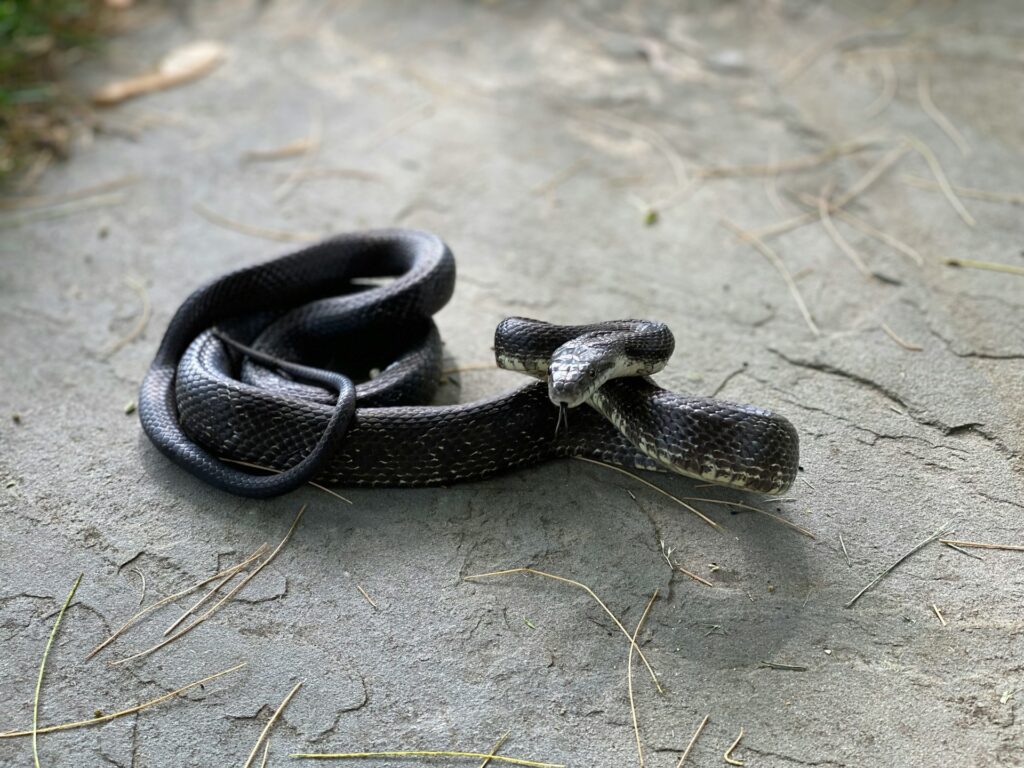
If you spot a potentially dangerous reptile, your immediate priority should be creating distance between yourself and the animal.
Most snakes can strike at a distance of roughly half to two-thirds of their body length, so maintaining a minimum distance of 6 feet (2 meters) is a reasonable starting point. Back away slowly without making sudden movements that might trigger a defensive response.
Never turn your back on the reptile or run, as sudden movements may trigger predatory instincts in some species, particularly crocodilians. If you’re with others, alert them calmly to the presence of the reptile and coordinate a gradual retreat.
Remember that the reptile is likely more afraid of you than you are of it and will generally prefer to escape rather than confront you if given the opportunity.
Standing Your Ground with Crocodilians

Encounters with crocodiles or alligators require specific strategies distinct from those used with venomous snakes.
If you spot a crocodilian on land and it notices you, stand your ground and make yourself appear larger—crocodilians are more likely to chase fleeing prey. Back away slowly only when the animal loses interest.
Near water, stay at least 30 feet (10 meters) from the water’s edge in areas known to have crocodilians, as they can lunge with surprising speed from water to land.
If a crocodilian charges, run away in a straight line—contrary to popular myth, these reptiles cannot sustain high speeds over long distances on land, though they can achieve brief bursts of remarkable velocity.
In the extremely rare event of an actual attack, fight back aggressively, targeting vulnerable areas like the eyes and snout.
Defensive Postures for Snake Encounters

If retreat isn’t immediately possible during a snake encounter, adopting a defensive posture can help prevent a strike.
Stand still with your legs together to present a smaller target and reduce the area of exposed skin. If you’re wearing long pants, this posture protects the ankles and lower legs, where many strikes occur.
Hold any equipment you have (like a walking stick or backpack) in front of you as a shield. If the snake appears agitated, avoid direct eye contact, as some species may interpret this as threatening behavior.
Remain calm and breathe steadily—rapid movements or panicked breathing can increase a snake’s defensive response. Once the snake relaxes its posture or begins to move away, you can slowly create more distance.
Using Tools and Barriers
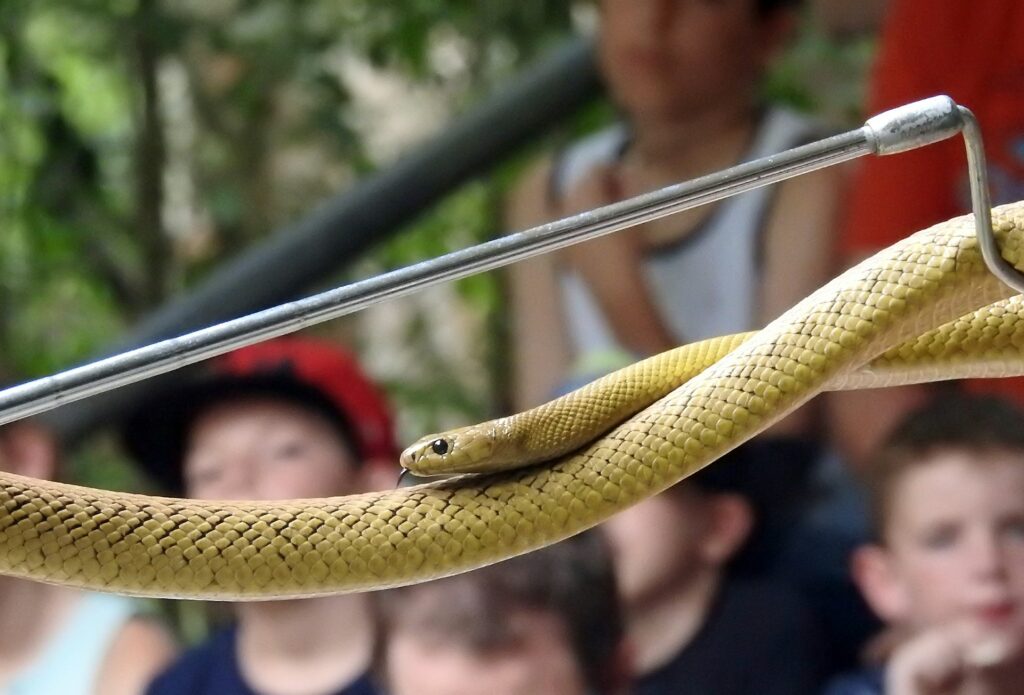
In situations where a dangerous reptile blocks your path, using tools or creating barriers can provide safe passage. A long stick can be used to gently prod tall grass ahead of you, giving hidden reptiles a chance to move away.
If a snake refuses to move from a trail, tossing small pebbles near (not at) the animal from a safe distance may encourage it to relocate without feeling directly threatened. For repeated encounters in areas you frequent, consider carrying a snake hook or tongs designed for safely moving reptiles without harming them.
Backpackers in snake-rich environments sometimes use lightweight snake gaiters or snake-proof boots as physical barriers against potential strikes.
Remember that these tools are for defensive use only—attempting to capture or handle dangerous reptiles dramatically increases your risk of injury.
Emergency Response to Bites
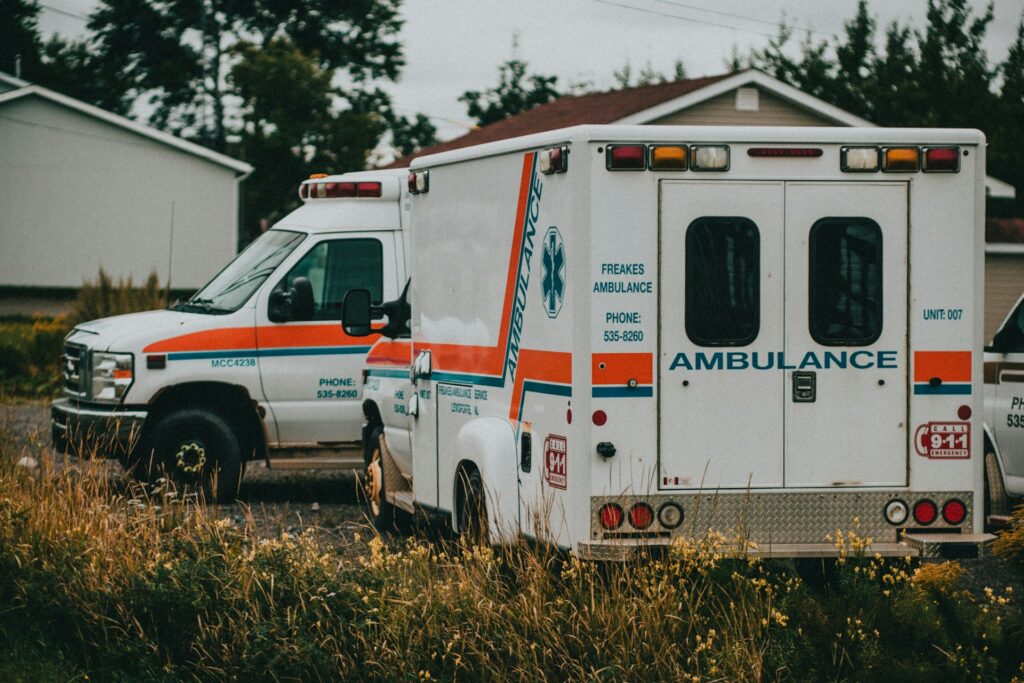
If a venomous snake bite occurs despite precautions, proper emergency response is crucial. Move away from the snake immediately to prevent additional bites, then keep the affected limb immobilized and positioned below heart level to slow venom circulation.
Remove any jewelry or constrictive items near the bite site before swelling begins.
Clean the wound gently, but avoid applying tourniquets, cutting the wound, or attempting to suck out venom—these folk remedies often cause more harm than good.
Note the snake’s appearance if possible (without pursuing it) to help medical providers identify the appropriate antivenom.
Call emergency services immediately or begin evacuation to the nearest medical facility, moving calmly but purposefully to minimize heart rate elevation. Time is critical with venomous bites, and professional medical treatment is the only reliable intervention.
Survival After Crocodilian Attacks
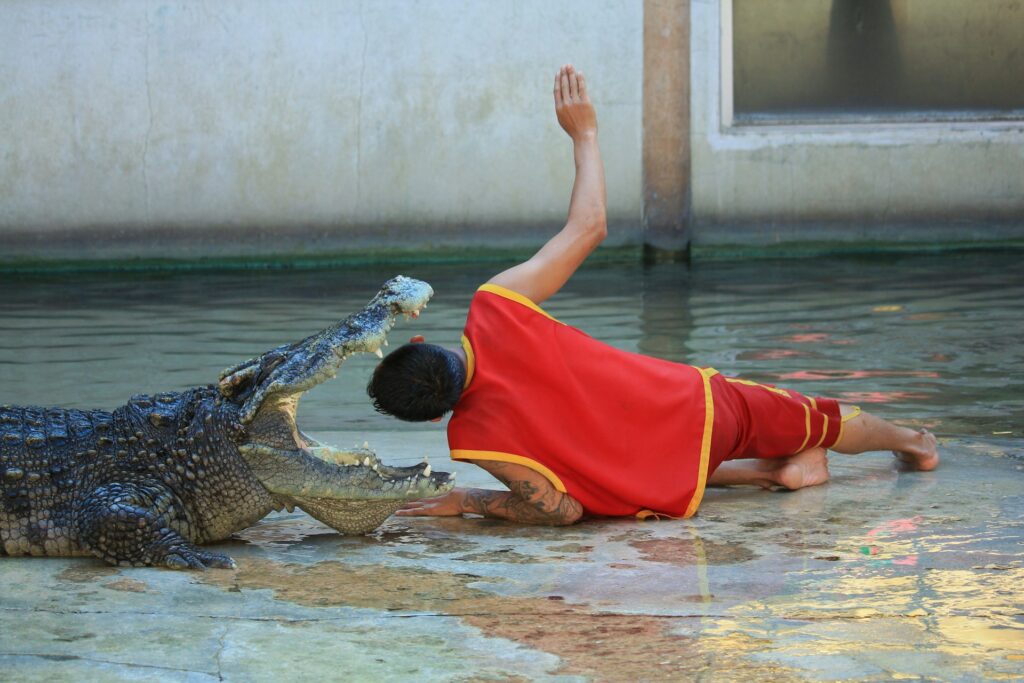
Surviving a crocodilian attack requires immediate, decisive action. If a crocodile or alligator has clamped onto a limb, attack the eyes and snout aggressively—these are sensitive areas that may cause the animal to release its grip.
Gouging the eyes with fingers, keys, or any available implement can be effective. Some survivors have reported success by pressing on the palatal valve, a flap at the back of the throat that prevents water from entering the lungs.
If the animal attempts a death roll—spinning to tear flesh—try to roll with it in the same direction to minimize tissue damage.
Once free, seek immediate medical attention even for seemingly minor wounds, as crocodilian bites often contain dangerous bacteria that can cause severe infections.
Psychological first aid is also important, as survivors of such attacks frequently experience post-traumatic stress.
Regional Considerations and Adaptations
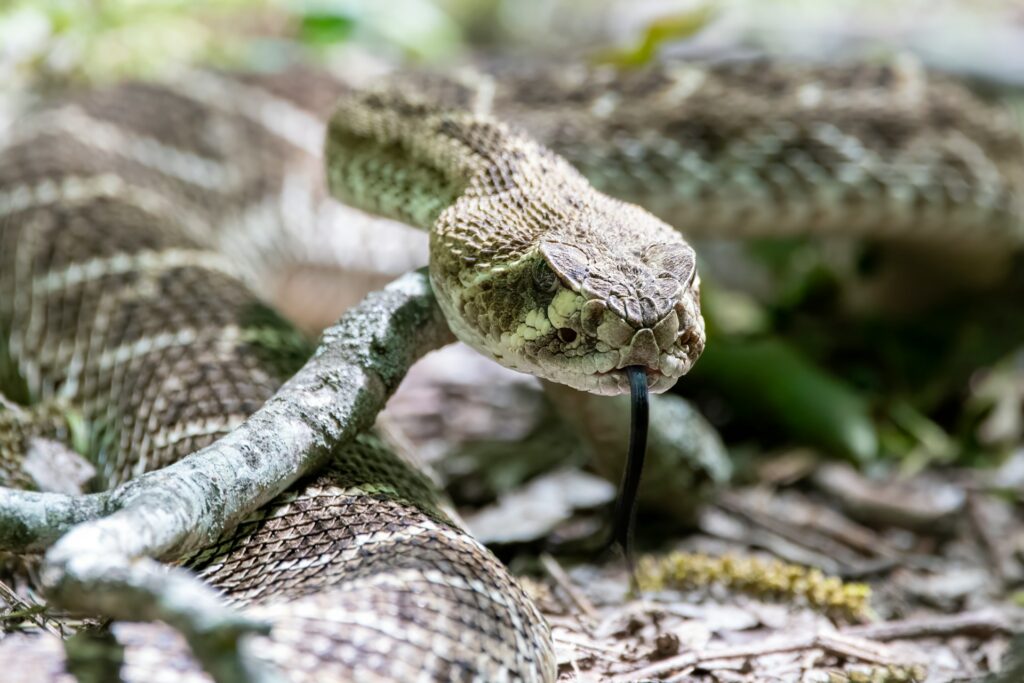
Survival strategies must be adapted to the specific reptiles in your region. In Australia, with its high diversity of venomous snakes, pressure immobilization bandaging is recommended for bites, while this technique is not universally advised in North America.
Southeast Asian travelers need specific knowledge about king cobras, which can rear up to eye level and deliver lethal venom from a distance.
African safaris require understanding both Black mambas and Nile crocodiles, each demanding different avoidance strategies.
Central American rainforests host the fer-de-lance, a notoriously aggressive pit viper requiring heightened vigilance.
Research the specific reptile threats in your destination and adjust your preparation and response plans accordingly, as regional variations in reptile behavior and venom composition can significantly impact appropriate survival strategies.
Children and Pet Safety in Reptile Country

Children and pets require special consideration in areas with dangerous reptiles due to their unpredictable movements and curiosity.
Teach children to recognize warning signs of dangerous reptiles and establish clear rules: never approach or touch unfamiliar reptiles, stay on designated paths, and tell an adult immediately if a reptile is spotted.
Create a simple protocol children can remember—stop, back away, and call for help. For pets, basic obedience training, including reliable recall commands and “leave it” directives, can prevent dangerous interactions.
In high-risk areas, consider keeping dogs leashed and monitoring cats’ outdoor activities. Emergency veterinary care contacts should be readily available, as pets often experience more severe reactions to venom due to their smaller body mass.
Educational preparation proportionate to age can empower children rather than frighten them, building lifelong respect for wildlife.
Ethical Considerations in Reptile Encounters
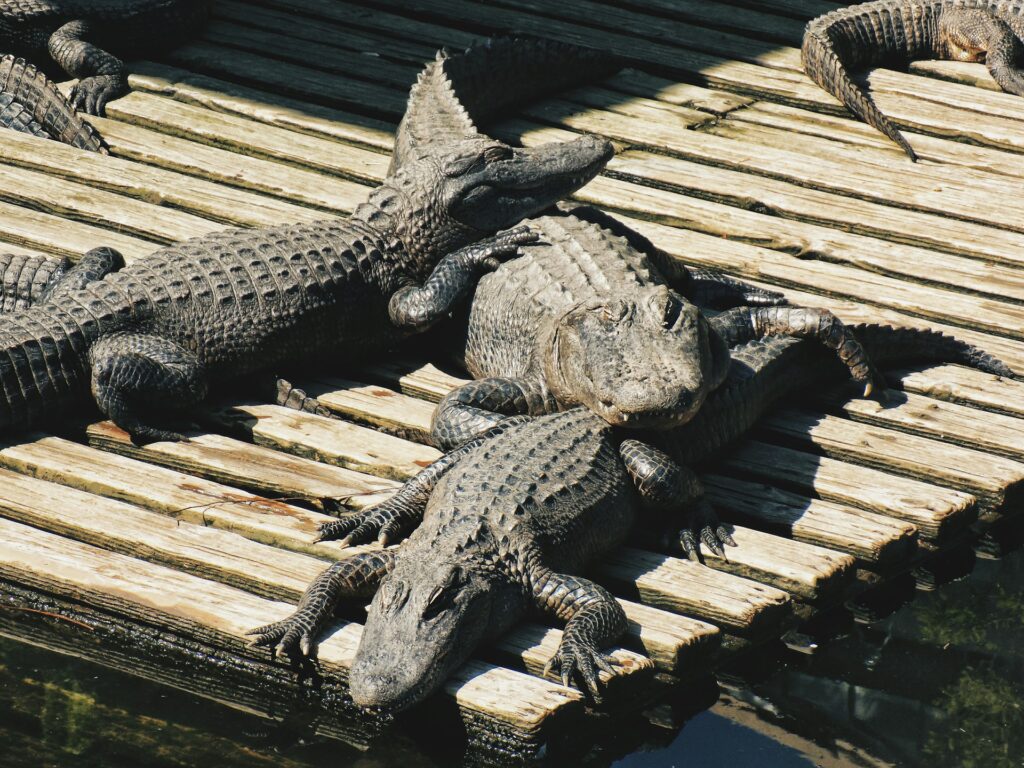
Approaching reptile safety with ethical considerations benefits both humans and wildlife. Dangerous reptiles play vital ecological roles—venomous snakes control rodent populations that might otherwise spread disease, while crocodilians are keystone species in many wetland ecosystems.
When encountering potentially dangerous reptiles, choosing coexistence through avoidance rather than killing them preserves these ecological functions. Many regions have wildlife services that can relocate problematic reptiles without harming them.
If you frequently travel in reptile habitat, consider supporting conservation efforts that work to preserve these often-misunderstood creatures while also educating communities about safe coexistence.
The most ethical approach balances reasonable safety measures with respect for the reptile’s right to exist in its natural habitat.
Building Mental Resilience for Wildlife Encounters
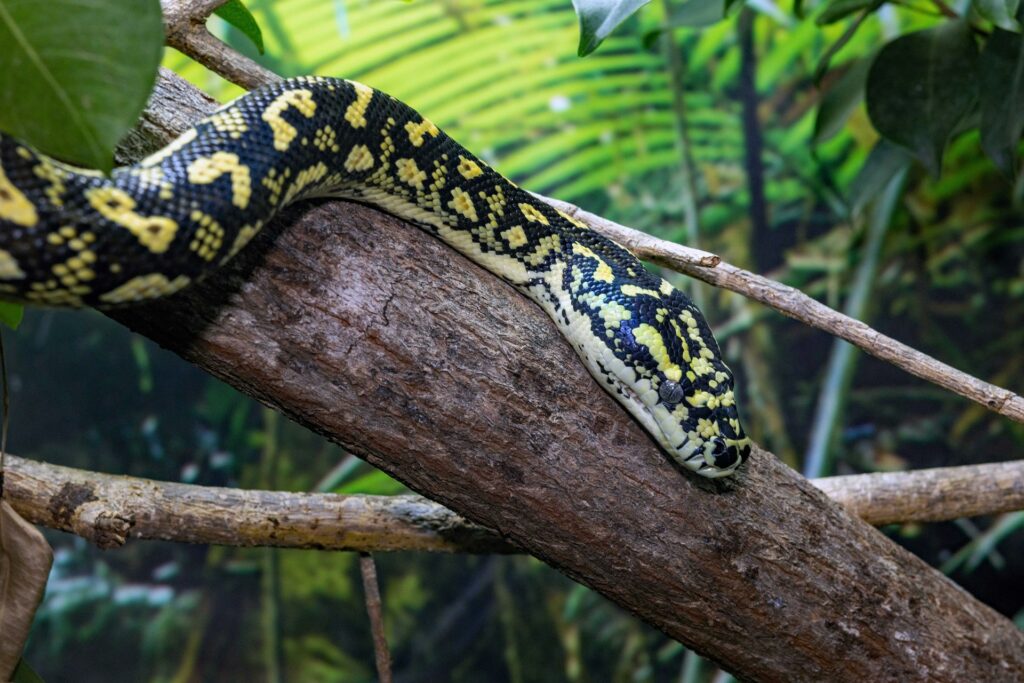
The psychological component of surviving reptile encounters cannot be overstated—panic leads to poor decisions and increased risk. Developing mental resilience begins with education, as understanding reptile behavior demystifies these often-feared creatures.
Visualization exercises before entering reptile habitat can prepare your mind to respond calmly to potential encounters.
Practice controlled breathing techniques that can be deployed during high-stress situations to maintain clear thinking. Acknowledge that fear is a natural response, but train yourself to channel it into heightened awareness rather than panic.
For those with intense reptile phobias, professional desensitization therapy can be remarkably effective before venturing into reptile-rich environments.
Mental preparation is as important as physical preparation, as a calm, rational response significantly improves survival outcomes in critical wildlife encounters.
Conclusion
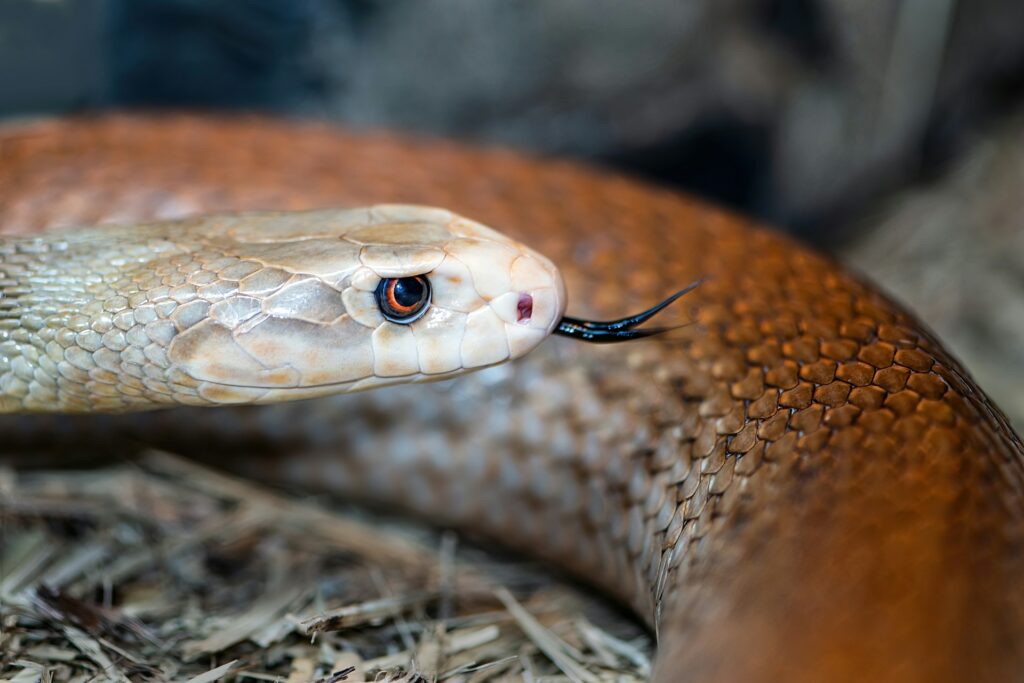
In conclusion, surviving an encounter with a lethal reptile relies on a combination of knowledge, preparation, and measured response. Most dangerous reptiles prefer avoidance over confrontation and will only attack humans when they feel threatened.
By understanding reptile behavior, practicing prevention strategies, and knowing appropriate emergency responses, you can dramatically increase your safety in regions where dangerous reptiles live.
Remember that these ancient creatures play crucial roles in their ecosystems and deserve our respect as we share their habitat.
With proper education and preparation, you can appreciate the remarkable adaptations of these powerful animals while maintaining a safe distance that protects both them and you.

